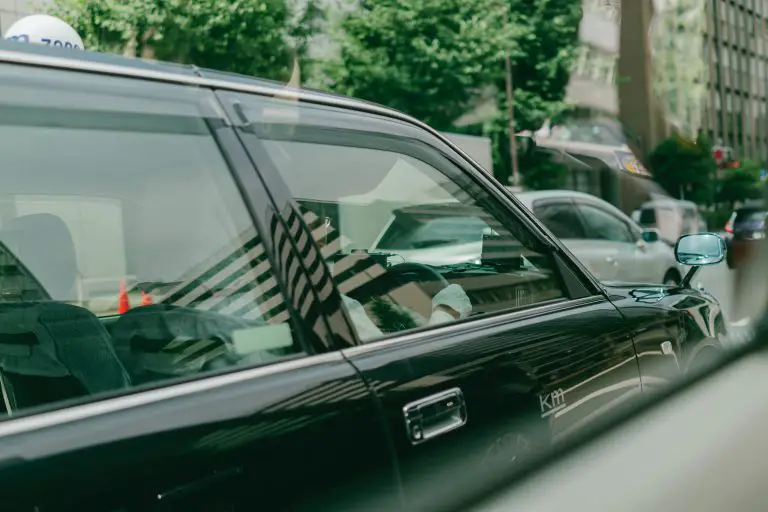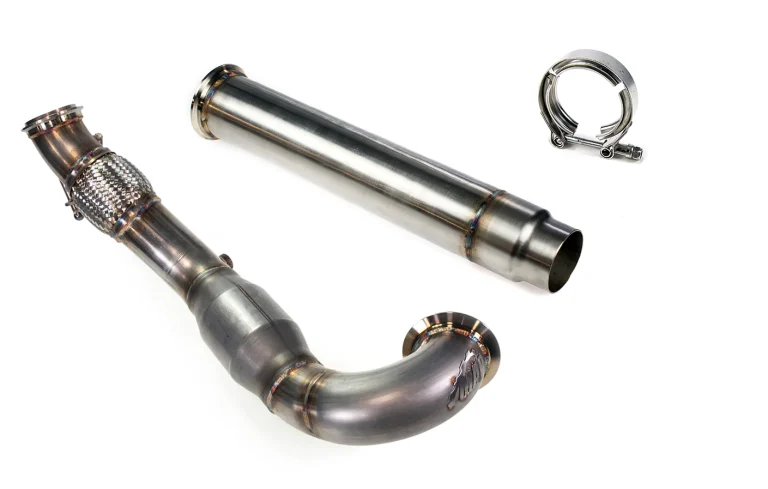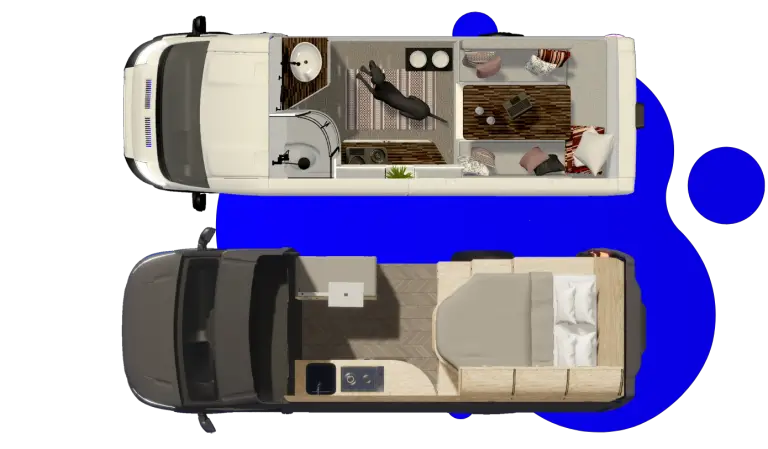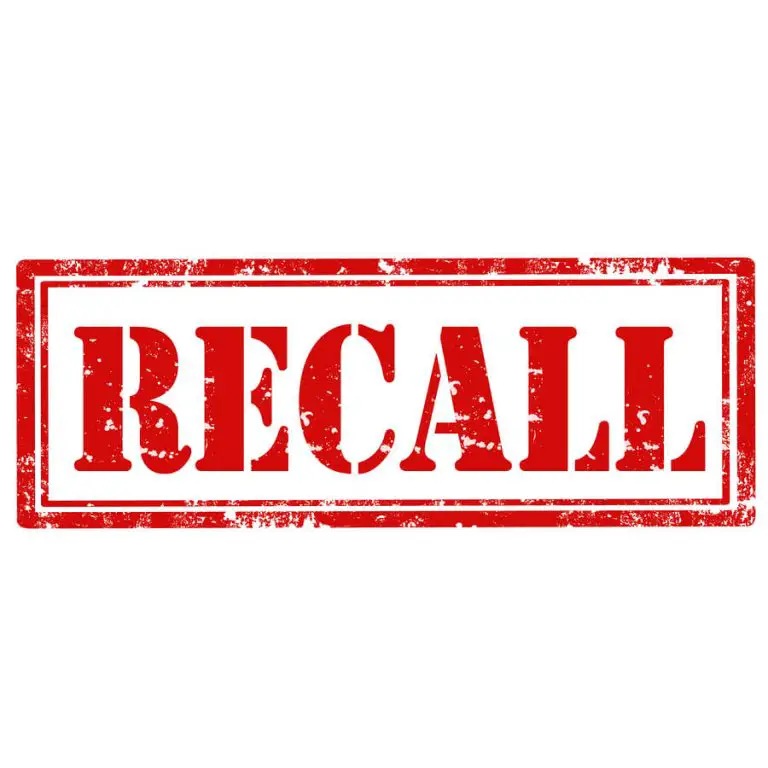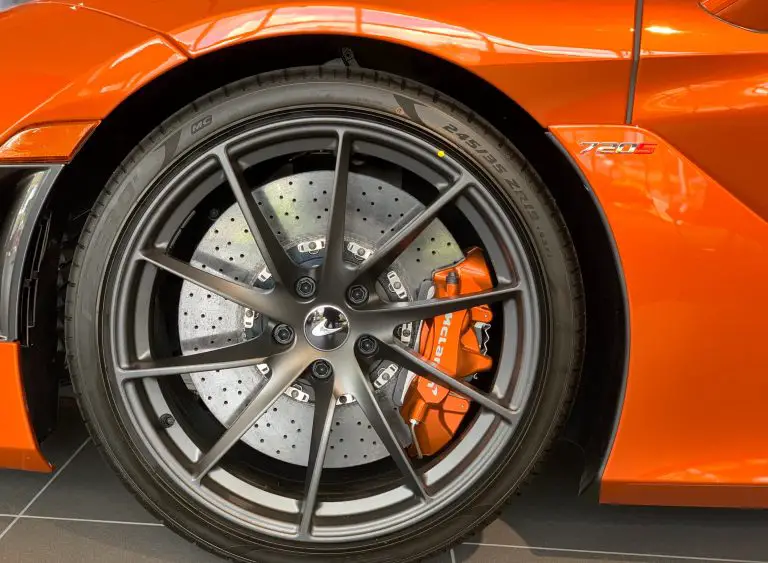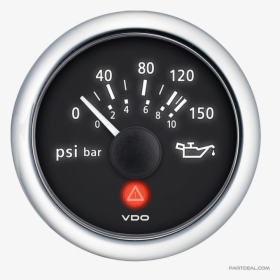Motorcycle Hand Signals You Need to Know
Hand signals are a simple and effective way to communicate without speaking.
When riding a motorcycle, you may find yourself in a situation where you need to communicate quickly but you don’t want to speak.
For example, when passing cars on the road, when trying to pass a slow-moving vehicle on a one-way street, or when trying to give a warning signal to pedestrians.
Here are some motorcycle hand signals. Learn these hand signals to avoid misunderstandings when riding with motorcyclists.
Importance
Most motorcycle hand signals are fairly intuitive, especially when combined with appropriate body language, but new riders without proper training may be confused when they first see them.
Important biker hand signals should be communicated during a pre-ride meeting when proper signaling is crucial to safety.
Motorcycle Hand Signals You Need To Know:
As part of their motorcycle license exams, most riders learn to use motorcycle hand gestures, but they are often forgotten and not used when needed.
If your signal lights are damaged, or if you are riding in a large group, communication between riders via hand signals is just as important as gear like biker jackets and gloves are.
You can learn more about the various hand signs bikers give each other by reading below.
Left Turn:
Let the group know that you are turning left.
Depending on whether you are following or leading the group, the signal can be used to break from. If you want to signal, extend your left arm straight out with your palm facing down.
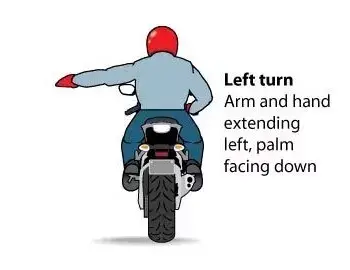
Right Turn:
Let the group know that you’re going to turn right by using this signal. Depending on your status in the group, you can use this signal to lead or break from the group.
If you want to use the signal, bend your elbow 90 degrees and point a clenched fist at the sky.
Stop:
A chain reaction should occur when the leader of the group makes a stop signal.
If you want to make the signal you have to bend your arm 90 degrees, keep your palm open, and point your fingers down at the road.
Speed Up:
The group that will benefit most from this signal is inexperienced. Experienced Group members rely on body language.
You can tell the rest of the group to increase their speed by using it. If you want to give the signal, extend your arm and swing it in an upward direction.
Slow Down:
The signal is useful because motorcycles generate intense engine-braking forces, which do not illuminate the rear-facing brake light.
You can tell everyone in the group to slow down by extending your arm and swinging your palm toward the road.
Follow Me:
Used to announce a new group leader. Also used to divide a group into smaller groups.
If you want to make the signal, extend your arm forward at the shoulder with your palm facing outward.
You Lead/Come:
Also referred to as the “You! Follow me!” signal. There are two distinct parts to it. Pull up alongside the rider you want to follow or lead.
You can point their bike at you and then swing your arm forward. If the other rider doesn’t understand, repeat this motion again and again until he understands.
Road Hazard:
This is a two-in-one signal. Depending on whether the hazard is to the right or left, the signal is different.
If there is a hazard on the left, point it out with your left arm. If the hazard is on the right, you should point with your right foot.
Single File:
It’s an easy gesture. Bend your arm up to the sky and extend your left index finger.
Pretend the riders behind you are asking how many and then indicate the answer by gesturing with your left pointer finger.
Double File:
Point to the sky with your index and middle fingers after bending your left arm at the elbow. Don’t forget to use your index finger.
Comfort Stop:
Shake your fist using short, up-and-down movements as if you were shaking a can of paint, by poking your arm out to the left.
When the road is debris-free and there is enough room to pull over you can use this hand signal.
Refreshment Stop:
If you indicate that you’re going to stop at a gas station or restaurant, it’s a good sign.
Make a gesture with your left hand that looks like your thumb is poking up out of a glass of water, which looks like a thumps signal.
Turn Signal On:
If you want to make a “blinking” gesture with your left hand, alternate between extending your fingers and making a fist.
This signal can be used to let another rider know that the left blinker is on, allowing him to save face during the next refreshment stop.
Pull Off:
Either immediately or at the next exit, tell the rest of the group to pull off of the highway by using this signal.
If the reason for the stop is not a comfort or refreshment stop, the pull-off signal will be given.
Police Ahead:
To let your fellow riders know about police activity up the road, pat the top of your helmet with your left palm. Keep our communities’ police officers and other first responders safe.
Use caution and respect all laws. If you are pulled over while riding your motorcycle, remember to follow the best practices.
Fuel Stop:
When you run out of gas, you will be referred to by a nickname that you probably won’t like. You can point your left index finger at your fuel tank to let people know you need to refill.
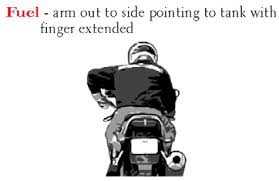
Conclusion
These signals are universal, which means that any motorcyclist will understand them. Motorcycle hand signals are essential for safety and good communication between all riders.
It’s not just how you ride; it’s also how you signal to others around you. So if you’re looking to get out on the road and enjoy the wind in your hair, be sure to have a safe and fun ride.

Truck driver by profession, automotive lover by heart. Ricky is the main publisher and editor at Truckile.com sharing his life-long knowledge and experience in the auto industry and truck driving!

